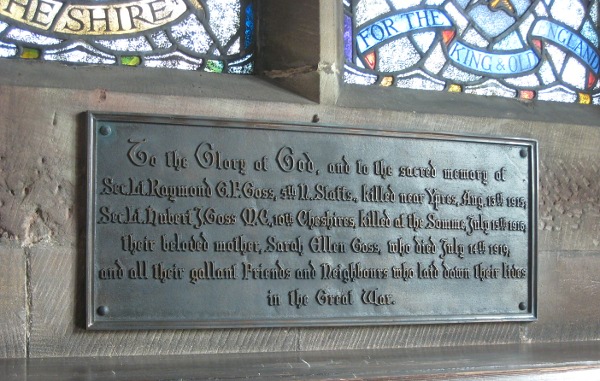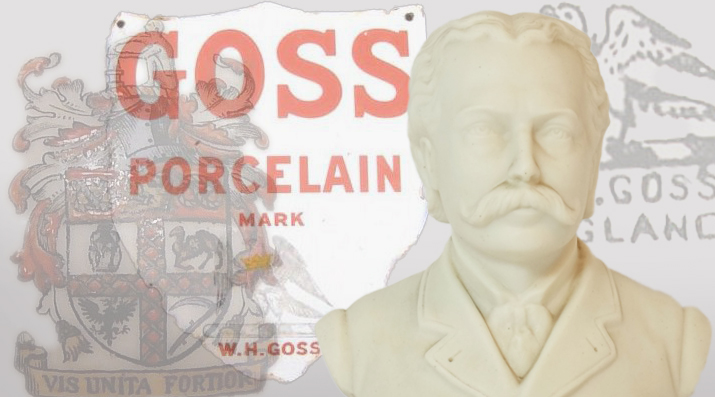
WH GOSS
Goss crested china is typically in the form of small white glazed porcelain models, made from 1858 to 1939, carrying the coat of arms of the place where they were sold as souvenirs, thus being a form of heraldic china.
Other factories, including Carlton, Shelley and Arcadian, also made souvenir ware but Goss is still the most collectable.
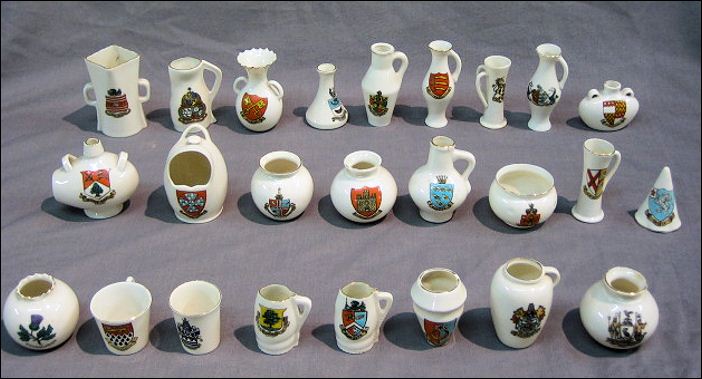
William Henry Goss (1833–1906). William was a student at the School of Design at Somerset House in London. In 1857 he was employed as chief artist of the Stoke-on-Trent firm ‘William Taylor Copeland’. W. T. Copeland eventually bought the business interests of his partner Josiah Spode. Shortly after in 1858, William started his own business in Stoke-on-Trent. Initially he produced ivory porcelain of such quality as to merit an award at the International Exhibition of 1851. His experiments led to marked improvements in jewelled porcelain and heraldic china.
In the 1880s, under the influence of his sons Adolphus, Victor and Huntley, the famous small white-glazed vases and pots with heraldic arms for presentations were produced. These items made up a large portion of his production. These were soon joined by small items depicting interesting local scenery.
Numerous people are familiar with the white glazed porcelain souvenirs, typically in classical shapes of Roman and Greek antiquities. They also made tiny replicas of visitor attractions like a statue of Captain Cook with the name and crest of the Captain’s home town of Whitby. Small busts of famous people like Queen Victoria or George V, were also made. Goss cottages are amongst the most collectible.
By the end of the 19th Century and the beginning of the 20th Century, Goss china was immensely popular and, it is said, at least 90% of homes had at least one piece of Goss crested China. The First World War caused a decline and in 1929 the Goss family sold their factory which continued to produce souvenir ware until the end of the 1930s. After the Second World War interest in Goss revived and has continued.
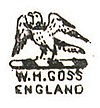
Genuine Goss items, usually have an inscription on the base describing the item and also a goshawk crest with the name W.H.Goss below it. The bird is also a representation of the name of the factory – ‘Falcon Works’.
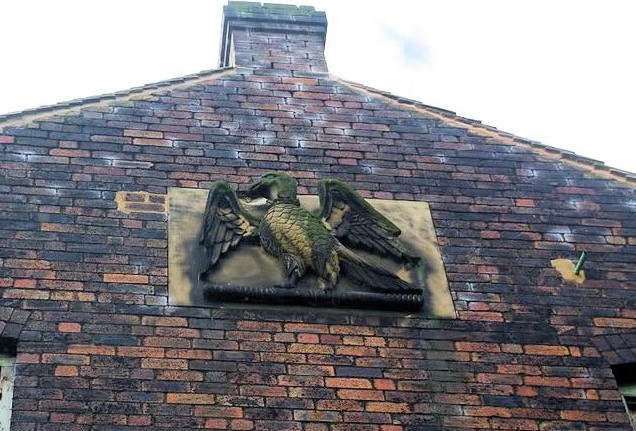
The impressed ‘Serif’ mark ‘W.H.Goss’ shows manufacture of the item to be between 1858–1887, whilst the ‘Sans-serif’ mark indicates manufacture between 1887–1916. Some examples carry Registration numbers and these were made from 1884–1914. Where the Goss mark is the larger ‘rubber stamped’ production was from 1925–1930. Pieces made from 1930, after the factory was sold, also bear the word ‘England’.
The business was taken over by Cauldon Potteries in 1929, with the name Goss still being used. Finally, it became a subsidiary of the Royal Doulton group. Unfortunately, by 1940, the Goss factory had ceased production
In all, there are over 2,500 different Goss china models ranging from Parian figures to tea services to pots and jugs to beautiful coloured figures and cottages and they can be found with over 10,000 different decorations. The most valuable pieces have a crest of the place where the antiquity was found or of the location of the landmark, these are called ‘matching crests’.
Although the production of Goss China has long finished, the remaining Falcon Pottery building is a grade two listed building part of the London Road site owned by an unrelated company, Portmeirion.
William Goss wrote a few books, he was the biographer of Llewellynn Jewitt and was the Vice-President of the North Staffordshire Field Club, a fellow of the Geographical Society and the Royal Meteorological Society.
In 1854 he married to Georgiana Goldswain and they produced seven children.
He was buried in Hartshill cemetery.
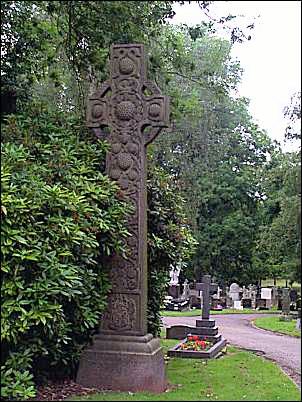
The impressive monument of William H Goss situated in the ‘first class’ area of Hartshill cemetery.
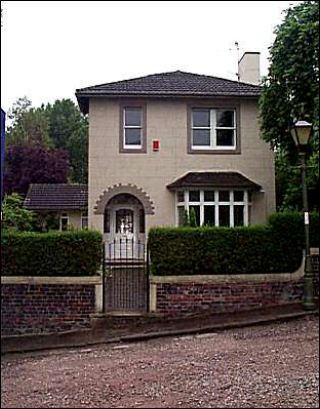
No. 10, The Villas, where William H Goss was living with his family in 1861.
Coming up in the Potteries Auctions, Antiques, Rare Pottery & Fine Art Auction, on March 10th, 2018 we have a British School watercolour oval portrait of Sarah Ellen Goss, who died in 1919.
Lot 434 – Sale Price £45.00.
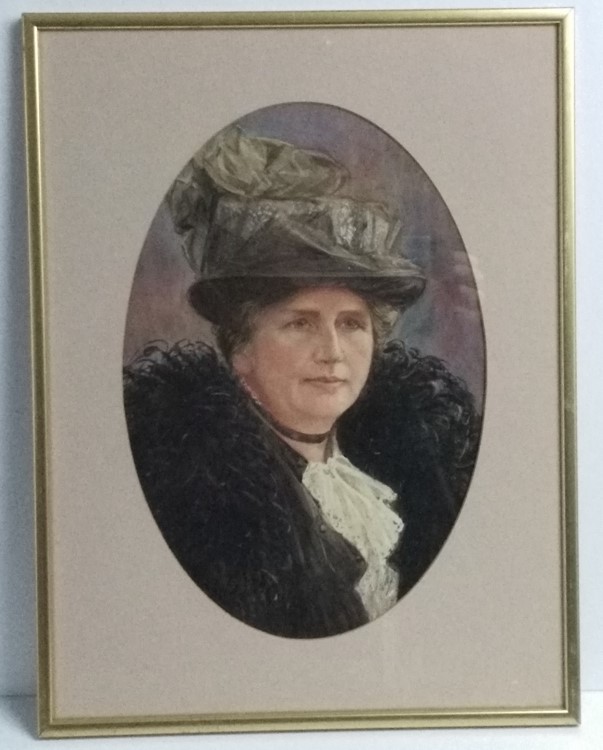
The painting is unsigned, but has a hand-written note on the back which names Sarah Ellen Goss as the wife of Adolphus Goss. The note refers to the death of Adolphus, who died in 1922.
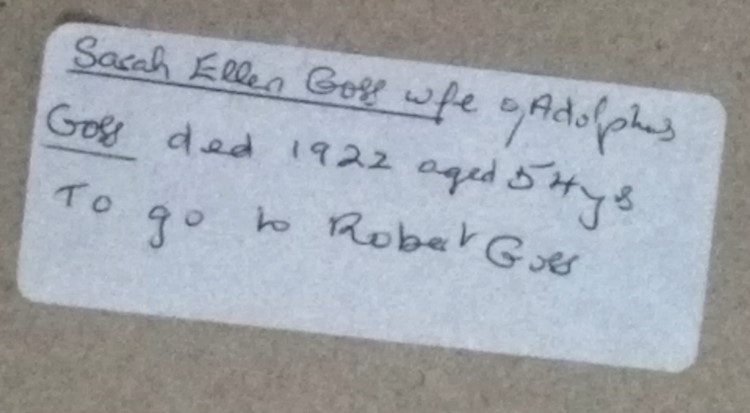
Adolphus and Sarah Goss lived at The Old Villa, in Alsager, Cheshire.
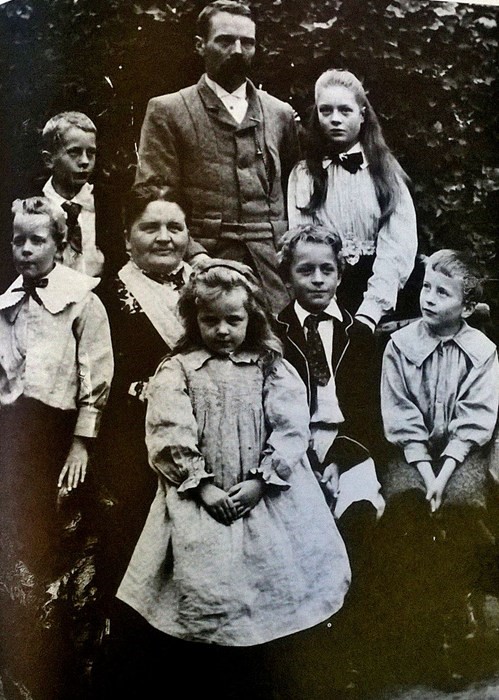
The Goss Memorial Window which was commissioned by the Parish Council of St Mary Magdalene Church, Alsager. The stained glass memorial window was for Raymond and Hubert Goss, both killed in the Great War. Beneath the window are the arms of Cheshire, and those of Adolphus Goss, their father. In the tracery, above are the Military Cross, the badges of the Cheshire and North Staffordshire Regiments and the 1914/15 Star. The brass plaque beneath the window reads,
” To the Glory of God, and to the sacred memory of Sec Lt. Raymond GF Goss, 5th North Staffs, killed near Ypres, August 13th 1915, Sec Lt. Hubert J. Goss MC, 10th Cheshires, killed at the Somme, July 15th 1916, their beloved mother, Sarah Ellen Goss, who died July 14th 1919, and all their gallant friends and neighbours who laid down their lives in the Great War.”
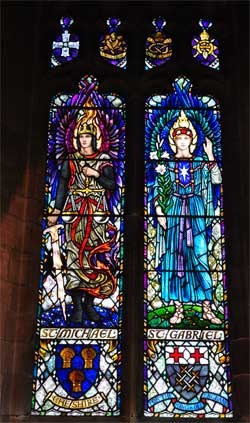
The Memorial Window by Karl Parsons of Northwood.
